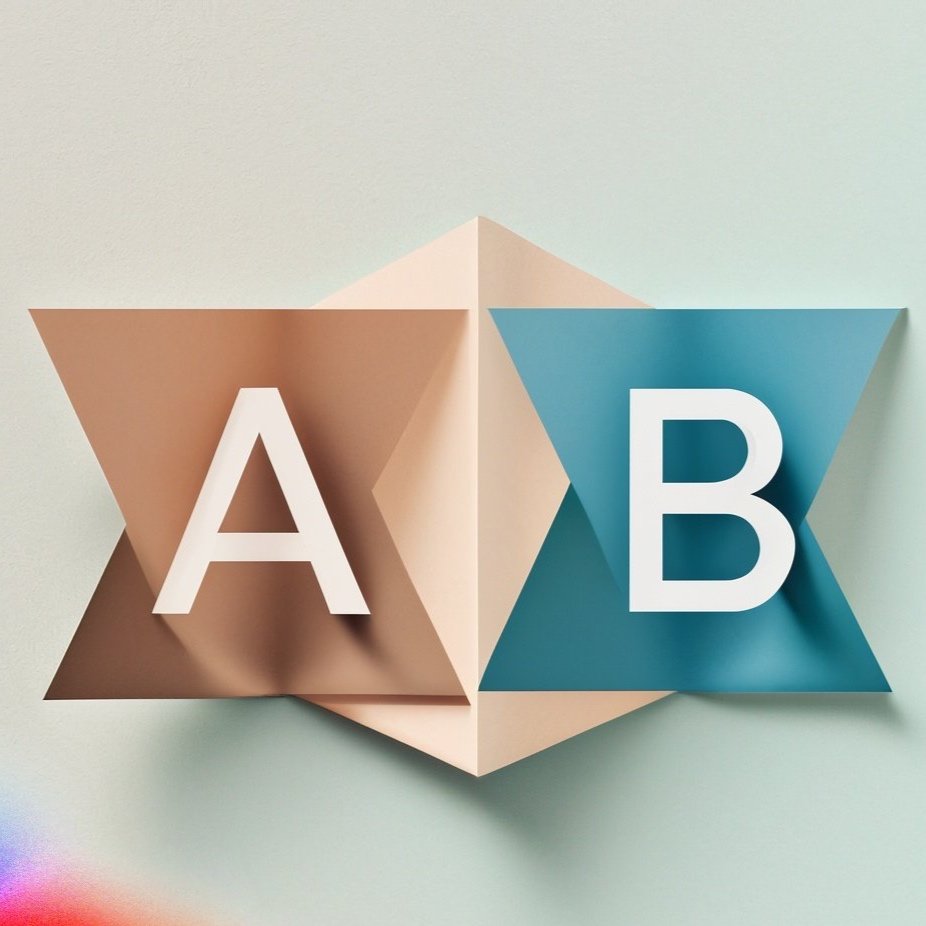Bankwest, successfully optimized its mortgage pricing request and approval processes by leveraging user-centered design, automation, and data-driven decision-making. This case study explores how Bankwest transformed its pricing processes, resulting in significant improvements in efficiency, accuracy, user satisfaction and business outcomes
Case Studies
Bankwest, successfully optimized its mortgage pricing request and approval processes by leveraging user-centered design, automation, and data-driven decision-making. This case study explores how Bankwest transformed its pricing processes, resulting in significant improvements in efficiency, accuracy, user satisfaction and business outcomes
This case study delves into the transformative journey of Silver Chain's In-Home Care Services, where user navigation and information architecture underwent a remarkable revamp. By harnessing the power of Cluster Analysis and leveraging intelligent information architecture, Silver Chain elevated their care experiences to new heights. Through a deep understanding of user segments, Silver Chain implemented strategic improvements that catered to the unique needs and preferences of their diverse user base.
MyPass app, a product by MyPass Global, has undergone a meticulous journey of development, guided by a thorough UX case study that encompassed heuristic reviews, stakeholder workshops, market analysis, customer interviews, and rigorous testing. The result is a seamless and secure platform that empowers users to effortlessly manage their certifications and access privileges while offering enhanced security, streamlined functionality, and an unparalleled user experience.
Vodafone introduces its groundbreaking "Prepaid Plus" plan, aiming to replace the previous "Combo" plan. The Prepaid Plus plan offers recharges starting at $30 and includes unlimited national calls and SMS, full-speed data, and Infinite data with unlimited usage at 1.5Mbps speeds. A strategic campaign encourages customer migration to this innovative plan. The article also discusses a heuristic review conducted to identify user experience issues and highlights solutions to improve offer fulfillment. The redesigned landing page and its outcomes are presented, projecting a significant increase in offer fulfillment rates.
This case study explores the transformative journey of the Vodafone Bundle & Save campaign, with a specific focus on improving customer retention. By leveraging Likert scale measurements and conducting correlation analysis, Vodafone undertook a data-driven approach to enhance the campaign's effectiveness.
In this case study, we explore the utilization of a mixed-methods research approach to enhance the order tracking experience within the MyTelstra App. By combining qualitative and quantitative research methods, Telstra embarked on a comprehensive investigation to gain valuable insights into customer preferences, pain points, and expectations.
This case study delves into the remarkable journey of MyTelstra Smart Care, a digital solution designed to revolutionise the customer experience. Telstra leveraged innovative technologies and streamlined processes to create a seamless self-diagnostic system.
This case study explores the digital transformation journey undertaken by Coca-Cola Amatil, a leading player in the beverage industry. By embracing innovative technologies and strategic initiatives, Coca-Cola Amatil aimed to revolutionize its operations, supply chain, and customer engagement.
This UX case study delves into the redesign of QBE's vehicle insurance enquiry process. The project focused on streamlining the user experience, simplifying forms, introducing auto-complete fields, and providing instant quotes. A personalised dashboard and a clear information hierarchy were implemented to improve user management of covers. This case study explores the comprehensive UX improvements that enhanced user engagement and satisfaction.
In the case study of MyTelstra's order tracking experience, we can see how important it is to understand user mental models when designing information architecture and userflow.
Silverchain used mixed methods research to understand consumer decisions. This helped to minimise recall bias and social desirability bias by identifying the most salient events or experiences for the participants and corroborating the findings
The Value Proposition Canvas in Crafting My Pass Product Strategy and Design
Thematic Analysis's Role in Understanding Stories
A/B Testing Transforms Vodafone's Express Upgrade
Harnessing the Power of Optimal Workshop to Refine User-Centric Design
Leveraging Likert Scale and Correlation Analysis to Enhance the Vodafone Bundle & Save Campaign
Unlocking User Insights through Mix-Methods Research and Statistical Analysis
CRO and Optimisation
At the heart of this optimization lies A/B testing, a powerful method that allows companies to compare two versions of a webpage or app against each other to determine which one performs better. However, the true strength of A/B testing doesn't just lie in the test itself, but in the rigorous statistical analysis that follows.
Using a framework to write testable hypotheses in CRO can help you to develop better hypotheses and to conduct more effective A/B tests. By following the PIES or RICE framework, you can ensure that your hypotheses are specific, measurable, impactful, and falsifiable.
As designers, we continually seek methodologies that allow us to delve deeper into user needs, aspirations, and challenges. Among the myriad of tools and frameworks at our disposal, three stand out for their efficacy and user-centric approach: Point Of View (POV), Jobs To Be Done (JTBD), and How Might We (HMW).
The UX Project Canvas is a holistic tool designed to encapsulate the essence of a project, ensuring that design teams remain aligned, informed, and laser-focused on user-centric solutions.
In today's digital landscape, businesses are in a constant race to optimize their online platforms to attract, engage, and retain customers. One of the most effective strategies to achieve this is Conversion Rate Optimization (CRO). Central to CRO is the understanding of the customer journey.
Striking the Right Balance: Conversion Rate Optimization and Its Impact on User Experience
A/B Testing Transforms Vodafone's Express Upgrade
Harnessing the Power of Optimal Workshop to Refine User-Centric Design
UX Research
In the fast-paced world of large enterprises, where multiple projects run simultaneously, and stakeholder expectations are high, there's a need for agile and efficient research methodologies. Enter Minimum Viable Research (MVR) - a strategic approach that focuses on conducting the least amount of research necessary to produce actionable insights.
User Experience (UX) research plays a pivotal role in designing products and services that resonate with users. However, the true value of UX research lies in the insights it provides. To ensure these insights have a meaningful impact, it's essential to create UX research insights reports that not only convey crucial information but are also easy for stakeholders to understand.
Attitudinal vs Behavioural Research Methods: A Guide to Choosing the Right Approach
Self-reporting is a common method of collecting data in research. However, it is important to be aware of the potential for bias in self-reporting.
Recall bias is when people don't remember things accurately or leave out details when talking about past events. It can happen in both quantitative and qualitative research.
How to Use the Research Onion to Produce Unbiased Research
The Importance of Transparency and Reflexivity in Research
Qualitative Method
Quantitative Method
Product Strategy
How to Use Conjoint Analysis to Improve Your Product Design
Maxdiff is a survey-based research technique that is used to quantify preferences.
The Value Proposition Canvas in Crafting My Pass Product Strategy and Design
Usability
Polyhierarchy can be used to improve the findability of information by making it easier for users to find information that they are looking for. This is because users may have different mental models of how information is organized, and polyhierarchy can accommodate these different mental models.
Heuristic review frameworks are a usability evaluation method that can be used to identify potential usability problems in a user interface (UI). They are quick and cost-effective, making them a good option for organizations with limited resources.
When users download an app, they have certain expectations about how it will work based on their experiences with other apps. One way to ensure that your app meets these expectations is to use native patterns.
Thoughts and Ideas
The Customer Journey Map Canvas is a powerful tool that visualizes the path customers take with your brand, from the first point of contact to the final purchase and beyond. This article delves into the intricacies of using this canvas effectively, ensuring you capture every touchpoint, emotion, and opportunity. Whether you're new to customer journey mapping or looking to refine your approach, this guide will provide actionable insights to enhance your customer experience and drive business growth.
As designers, we continually seek methodologies that allow us to delve deeper into user needs, aspirations, and challenges. Among the myriad of tools and frameworks at our disposal, three stand out for their efficacy and user-centric approach: Point Of View (POV), Jobs To Be Done (JTBD), and How Might We (HMW).
The UX Project Canvas is a holistic tool designed to encapsulate the essence of a project, ensuring that design teams remain aligned, informed, and laser-focused on user-centric solutions.
In the dynamic realm of design sprints, the concluding retro phase stands as a pivotal juncture. This retrospective is more than just a moment of reflection—it's a deep dive into the sprint's accomplishments, challenges, and learnings.
In today's fast-paced design landscape, the value of timely feedback cannot be understated. Enter 'Speed Critique' – a dynamic approach to reviewing designs where brevity meets clarity.
Let’s start something that matters.
> Get in touch



























